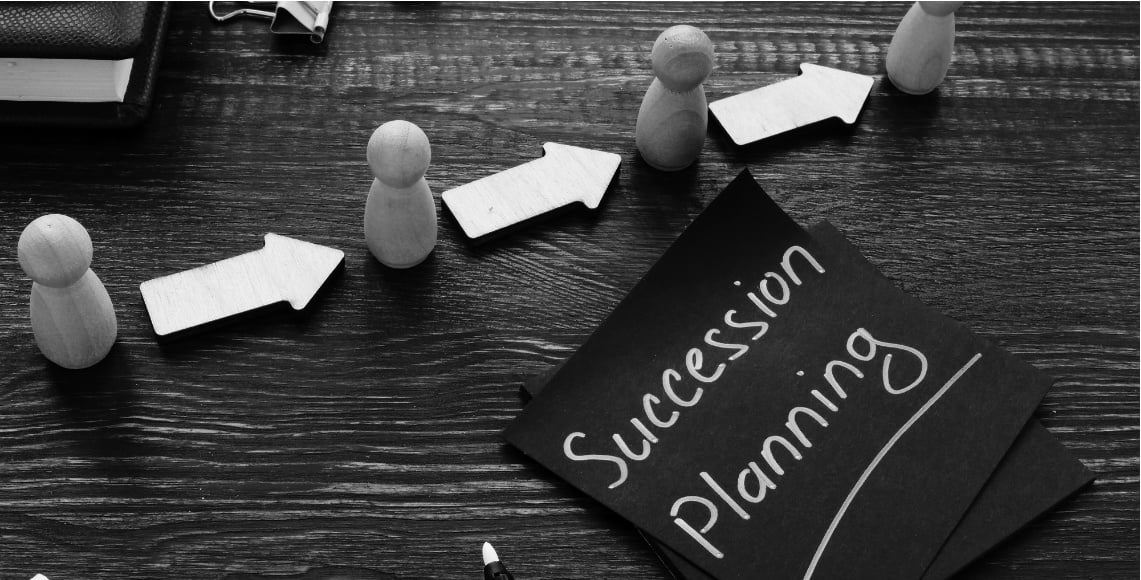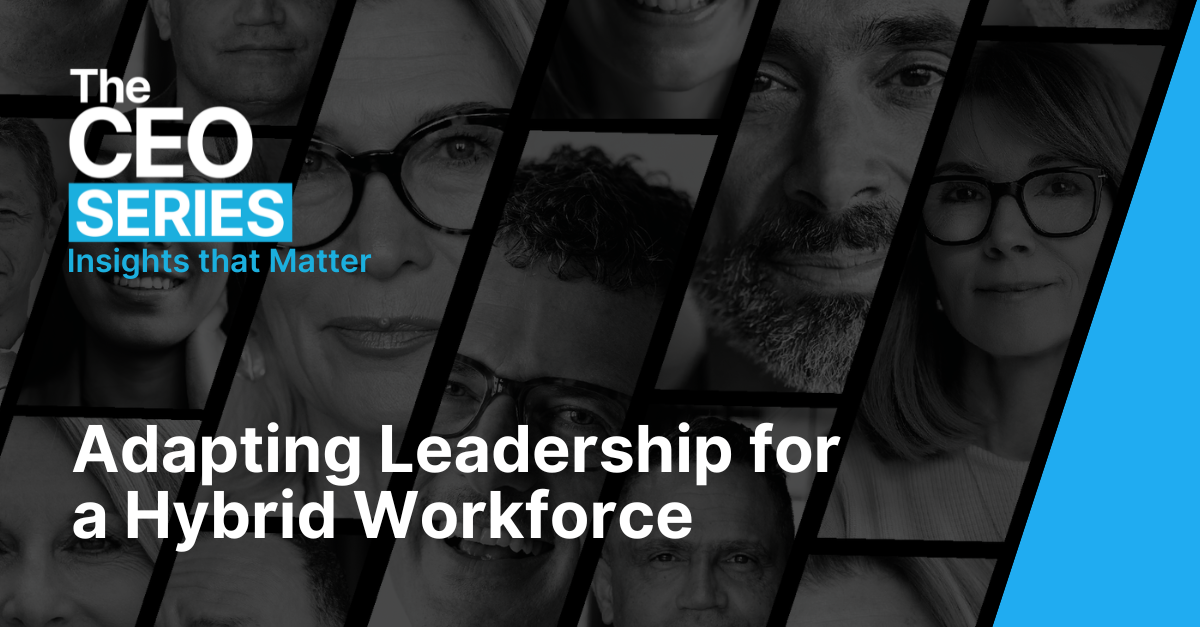The world is changing faster than ever before. We are struggling to keep up and today is the slowest it's ever going to be (at least for the next few decades). It feels like we have to run faster just to stay in the same position.
Add into that mix a skills shortage, changing technologies and ever rising customer expectations and we have all the ingredients for an unprecedented business experience.
How we need to work has been dramatically impacted. Our traditional approaches are no longer working. We need a new way of working to match the dynamic work environment. We need to be more proactive, innovative and experimental and in essence, increase our ‘business agility’.
Is Business Agility the answer?
Business Agility helps companies keep their competitive edge, deal with unexpected bumps in the road, and grab onto fresh opportunities. These all pave the way for stronger business resilience and lasting success.
Businesses that are agile embrace:
- Flexibility: They’re ready to switch things up when the situation calls for it.
- Innovation: They encourage and foster a creative culture that is always looking to develop something new to meet evolving customer needs.
- Adaptability: Being adaptable to change is important. As we know, changes can happen in a blink of an eye without a lot of warning. Creating an adaptable environment where change is embraced (rather than rejected) is critical for keeping ahead.
- Collaboration: Collaborating with your team is vital to agility. Bringing together different minds not only helps you to tackle problems faster, it also unlocks a whole world of possibilities to explore.
- Customer-Centricity: There is so much power in looking and listening to your customers wants and needs. These insights will open up opportunities to differentiate in the market.
- Continuous Improvement: Continuously improving your organisation to be a little bit better than it was the day before is a key component to a happy, thriving business.
Underpinning all of this is a clear strategic direction and organisational priorities that we are well understood by everyone in your business.
What’s the difference between ‘Agile’ and ‘agile’, and why should we do more of both?
Although spelt exactly the same ‘Agile’ and ‘agile’ have subtly different meanings. ‘Agile’ is a method of project management that uses a series of events, practices, tools and techniques to guide the delivery of work. It is often referred to as Scrum, SAFe or LeSS and you may even be using some of the techniques such as stand-ups in your own organisation.
The broader concept of being ‘agile’ refers to your organisation’s culture of adaptability, customer focus, transparency and continuous learning.
Adopting a more agile (‘A’ and ‘a’) approach within your organisation is key to fixing the problem with traditional work methods and creating environments of endless possibilities. Giving agile a go isn’t as simple as ticking the box, it's about getting your team fired up, connected to the work that drives your purpose and ensuring the work feels meaningful. In the end, this will help to boost your bottom line.
While Agile practises are a great place to start, doing agile well takes more than just practises. A combination of leadership, culture, structure and way of working is required to really unlock the potential of agility. It’s important to shake things up from the top down, get everyone on board with the culture shift and rethink how your whole team does business.
Where do I start?
In times like these it’s no surprise that a lot of businesses have a focus on the way they work and operate. The most common questions we’re asked by our clients are ’how do we improve our quality, collaboration, effectiveness, culture and customer impact?’
Some key steps to start your journey of agility are:
- Be clear about the problem(s) the organisation is facing. The global nature of business, the speed of change and growing customer demands are only some of the contributors to a more volatile environment for businesses to operate within. It’s important to look internally as well. How are your teams and systems set up? Does the way you operate slow you down? Understanding how you work and operate your business is a vital response to navigating the uncertainty.
- Engage your leadership group on the challenge and the direction your business is moving towards. Ensure this key group buy-into the movement as they are a critical component to the success of the change. Key measures on the outcomes and the leadership expectations can also help bring clarity, focus and alignment on the direction.
- Leverage and engage your people and key capabilities to help navigate ‘how’ to change. A key component of Scalabl’s change methodology is to ‘co-design’ solutions, leveraging your peoples experience and context to design process improvements that optimise for value delivery. This is in direct response to the problem(s) you are solving.
- Know your current capability gaps and establish a program to support learning and development aligned to your future direction. Endorse a variety of approaches such as online learning, training programs, book clubs, capability chapters. To accelerate the learning journey for your teams, leverage external expertise who can demonstrate practical application of the new skills and techniques your team are developing.
- Develop hypotheses for what you think will happen and the results you can generate (internally with teams or externally with customers). Implement continuous, lightweight change, measure and track results, adapt as necessary and repeat. Funding work incrementally or dynamically enables more investment in the areas that have shown results.
- Remember to have fun. Change can feel big and hard. Breaking it down into small, manageable steps and celebrating each milestone is a great way to keep people engaged and motivated to achieving your overall goal.
Business and ways of working has shifted from anything we’ve known before. This is an exciting time. We are on the cutting edge of redesigning what the future of work looks like for business. So why should you consider increasing your business agility? We think it improves the human experience by creating environments of endless possibilities. And who wouldn’t want that?
Richard McAllister is the Co-founder and Managing Director of Scalabl, an organisation that improves the human experience by creating environments of endless possibilities. He has over 20 years' experience within technology, organisational change and scaling agility. He brings a fresh and energetic approach to solving complex business problems and works with Exec and Senior business leaders across Australia.




